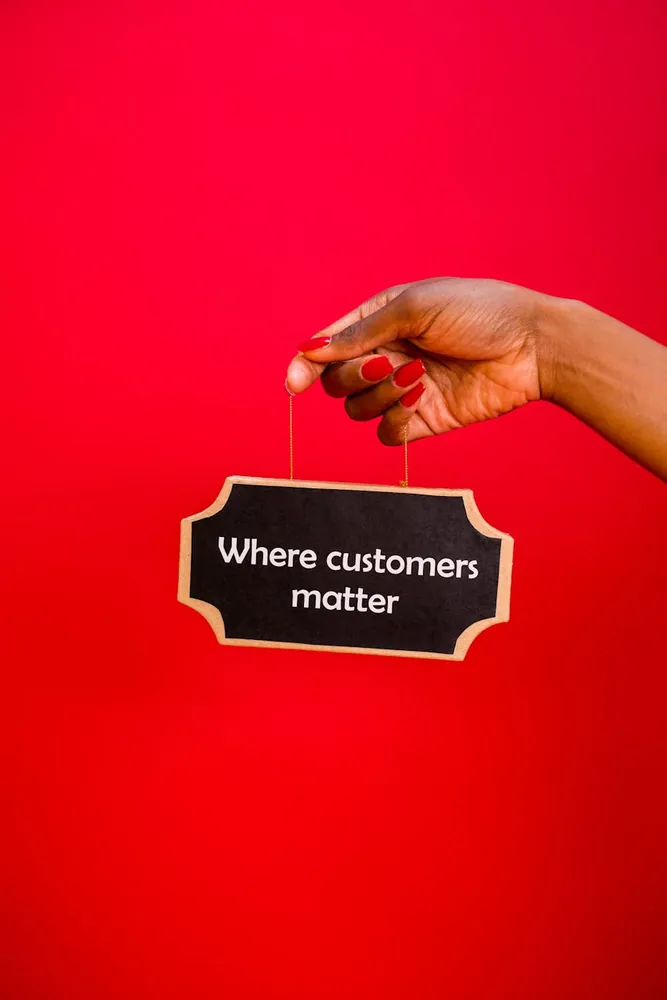Implementing Behavioral Insights to Drive Customer Loyalty and Engagement

Understanding Behavioral Economics
Behavioral economics merges insights from psychology with traditional economic theories to better understand how individuals make decisions. By acknowledging that humans are not always rational actors, businesses can craft more effective strategies to engage and retain customers. Recognizing patterns such as cognitive biases and emotional triggers allows for the creation of environments where desired customer behaviors are more likely to occur.

Leveraging Behavioral Insights in Sales Techniques
The Power of Social Proof
One of the most potent behavioral insights is the influence of social proof. People often look to others when deciding how to behave in uncertain situations. For businesses, this means showcasing customer testimonials, reviews, or highlighting best-selling products can effectively drive conversions.
- Example: An online retailer could prominently display customer reviews and ratings alongside products, especially for new visitors who might be unfamiliar with their offerings.
- Implementation Tip: Use dynamic content to feature trending items or most-purchased products in real-time to leverage ongoing social proof.
Utilizing the Scarcity Principle
The scarcity principle suggests that perceived rarity increases value. When items or offers seem limited, customers may be more compelled to purchase.
- Example: Travel booking websites often use countdown timers for deals, creating a sense of urgency.
- Implementation Tip: Ensure transparency and authenticity. Overuse or manipulation of scarcity can lead to customer distrust.
Creating Effective Incentives
Rewards Programs with a Twist
Loyalty programs are a staple for encouraging repeat business, but behavioral insights can enhance their effectiveness by personalizing rewards and tailoring experiences based on customer data.
- Example: A coffee shop could offer personalized discounts on favorite beverages or double points during a customer's birthday month.
- Pros: Increases customer retention and enhances personalization.
- Cons: Requires detailed data collection and analysis capabilities.
Gamification: Making Engagement Fun
Gamification introduces game-like elements into non-game contexts, motivating users through rewards, challenges, and recognition. It taps into intrinsic motivations like achievement and status.
- Example: Fitness apps that award badges for reaching milestones encourage continued engagement and progression.
- Implementation Tip: Start with small, achievable goals to build momentum and keep users engaged.
Improving Client Engagement Through Psychological Triggers
The Decoy Effect in Decision Making
The decoy effect occurs when an additional choice influences consumer preferences towards a particular option. This can be strategically used in pricing models to guide customers to select higher-value options.
- Example: A subscription service offering three plans could include a middle option that's priced similarly to the highest tier, making the top-tier seem more attractive.
Nudging Towards Better Choices
Nudges are subtle changes in how choices are presented, aiming to improve decision-making without restricting options. This can help guide customers toward beneficial choices while enhancing their experience.
- Example: Highlighting healthier meal options at the top of a menu in a food delivery app can encourage more nutritious selections.
The Role of Emotional Triggers in Customer Loyalty
Building Emotional Connections
Brands that foster emotional connections with customers often see improved loyalty and advocacy. Storytelling and personalized communication are powerful tools for building these bonds.
- Example: Using narratives in marketing campaigns that resonate with the audience's values or experiences can create lasting emotional ties.
The Effect of Reciprocity
The principle of reciprocity involves responding to a positive action with another positive action. Offering something of value first can elicit similar responses from customers.
- Example: Providing valuable free content or samples can increase the likelihood of future purchases.
Choosing the Right Approach
Selecting the right behavioral insights approach requires careful consideration of your business model, customer base, and resource capabilities. While gamification might be ideal for a fitness app with active user engagement, leveraging social proof could be more effective for retail platforms.
The key is to integrate these principles organically into your business processes. Not all techniques will suit every organization, but testing different strategies can uncover what resonates best with your audience.
Conclusion
The application of behavioral insights in driving customer loyalty and engagement offers vast potential for businesses aiming to understand and influence consumer behavior better. By carefully crafting incentives, utilizing psychological triggers, and consistently testing approaches, companies can enhance both customer satisfaction and their bottom line. Embrace these insights as part of a continuous process to refine and optimize your customer engagement strategies, fostering lasting loyalty.
 TrendLayer
TrendLayer